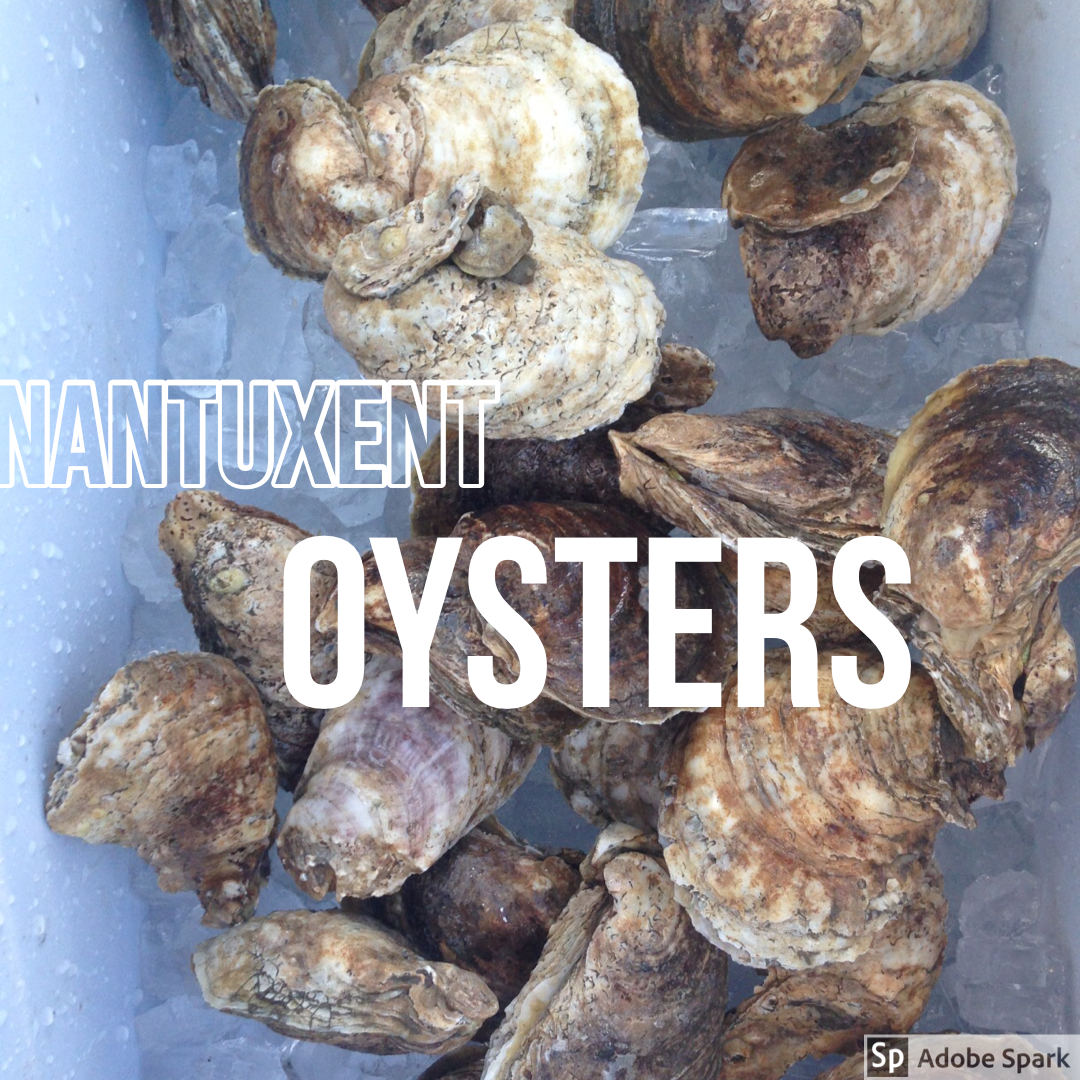More than a century ago there were over 300 oyster boats operating on the Delaware Bay employing approximately 1,500 people. The oyster industry led our maritime trades that were one of the four primary industries in our country forming the backbone of employment, tax revenue and overall economic stability.
The oyster industry was eventually depleted by over-harvesting and disease. Once wealthy bayshore towns like Newport, Bivalve and Port Norris reflect this economic decline with all of the ills commonly associated with modern economic blight. We have lower than average income, employment rates and education with higher than average substance abuse, foreclosures and political extremism. Sadly, our area is cited as a hotbed of alt-right activism and KKK activity typically associated with reaction from displaced socio-economic expectations. Our local population is older and declining in comparison to regions that are growing through technology and other revitalization.

Today the Delaware Bay oyster industry is making a strong comeback through the use of well proven aquaculture methods. Yield could increase tenfold or twentyfold within a decade according to an industry consultant. Harvesting operations are now mostly through the port at Money Island. Some of the local oyster harvest is shipped out-of-state with fewer local processors remaining. Branding is important in the oyster industry and some of our local oysters are sold at higher prices under brands associated with other regions. The former oyster docks and processing areas at Bivalve are now mostly historic tourist attractions.
For benchmarking purposes
, the local oyster industry dock value is at least ten times larger than the second largest Delaware Bay fishery – blue claw crabs. (I’m not considering menhaden that is mostly harvested off-shore but some catch is reportedly taken from the lower bay).
The days of small independent harvesters are gone. Today the Delaware Bay oyster industry is controlled by a small group of people, mostly through out-of state corporations, employs far fewer people, and provides less public economic benefit to this region than in the past. This change reflects the broad trend we see in industry overall where wealth and power has become increasingly concentrated in the hands of the 1%. In that respect, it is not unique or unexpected. It simply reflects the common trend where the rich get richer and the poor get poorer through the mechanism of industry and the controlled use of public resources. It requires large capital to be in the oyster industry today and only the largest companies can justify that cost.
In sharp contrast, the oyster industry on the east coast of New Jersey is built upon diversity and small enterprises. As a small business advocate, naturally I tend to support the latter model. Efforts to support small oyster start-up operation s here have not been successful.
While might seem obvious and benign to an outsider, these statements are considered a threat to the local oyster industry. Even just the publication of this statement puts me at personal risk of retaliation. In the past, my mentions of ideas like this through a consultant or a small business industry association, including possible reforms to the oyster industry, have drawn direct adverse business consequences.
Citizen requests to the current Governor and his predecessor that a representative member serving the public interest be included in Delaware Bay decision-making have been ignored. Government has little incentive or ability to change the status quo. I’m not aware of any viable means to change the current system.
To its credit, the current economic system results in a safe, reliable, high quality product. Oysters consumed raw must be handled in a consistently safe manner. Safety standards are rigorously enforced by the big oyster firms. They made significant investment in improved safety equipment over the past year or so. Additional product handling improvements are coming. Anecdotal experience suggests that smaller harvesters may lack the same level of internal process control or might be incentivized to ‘cut corners’ in a way that increases public’s food safety risk. The large oyster operations can not afford to take this risk.
We expect the local oyster industry to grow thrive and prosper in the years ahead under the current system. Economic impact of Delaware Bay oysters will increase from $20 million annually to $40 million annually within a few short years. Investment in infrastructure is evident here at Money Island in 2019 alongside political posturing for a dredged Nantuxent channel and elevated Money Island roadway. There is also some discussion within state and local government of moving the oyster industry away from Money Island but that appears to be a long term consideration more than a decade away.